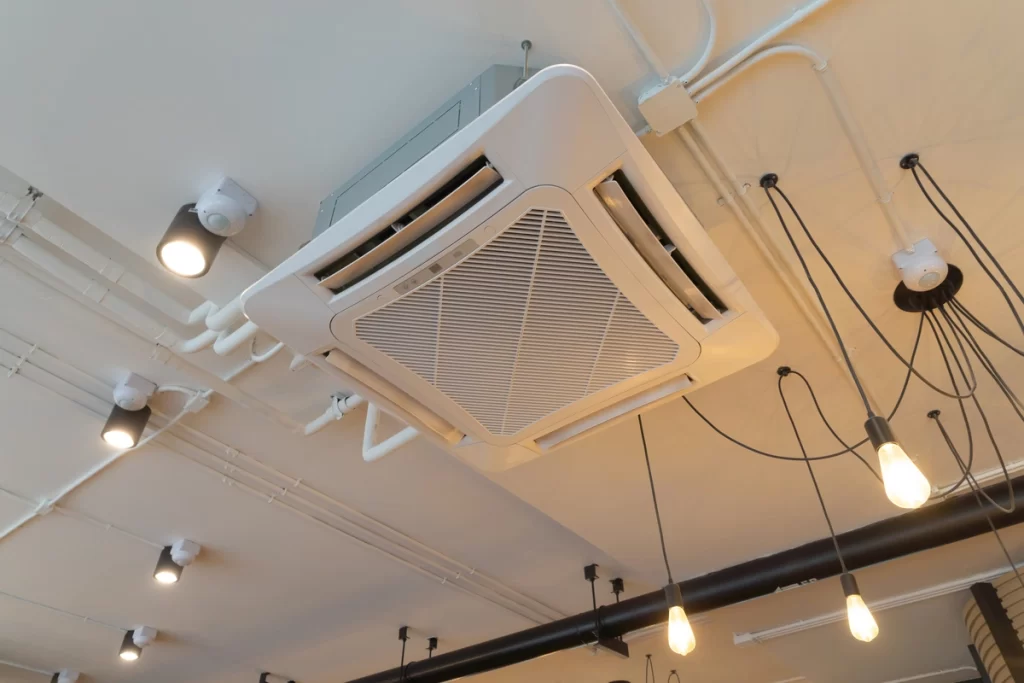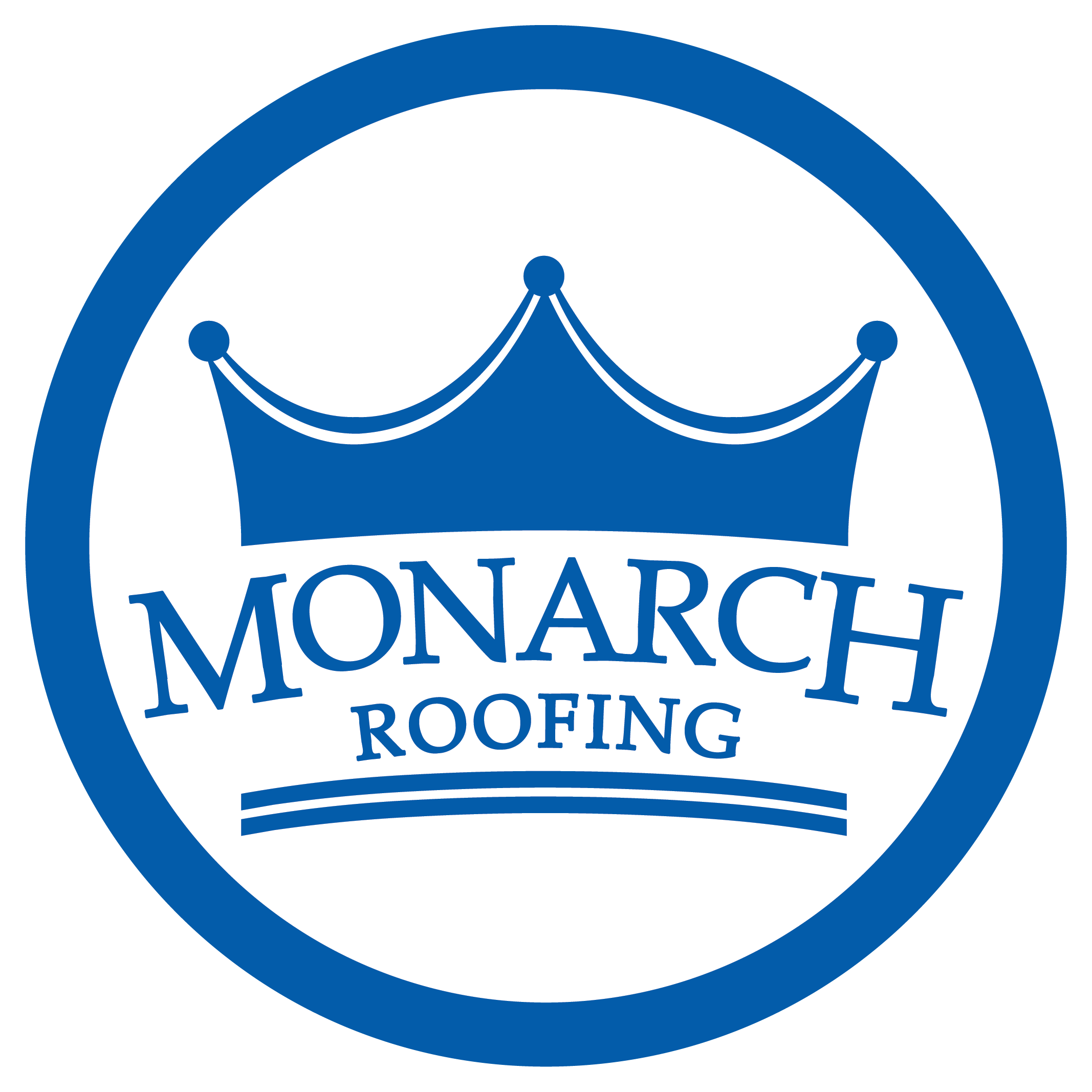There are a few times in every homeowner’s life when you think about your roof.
- During a hailstorm 🧊
- Cleaning out the gutters 🍃
- Hanging up holiday lights 💡
- When your roof leaks 💧
For the most part, though, our roofs aren’t at the forefront of our minds. It makes sense. After all, we’re all busy with the minor details of our everyday lives. It’s easy to let our roofs slide into the background.
However, you may be dealing with roof issues and not even know it! Roof ventilation is a key part of your roof’s overall health, and yet many of us are unaware of why it is important.
Think it’s time to get your roof inspected?
First, get informed on your roof’s ventilation below!
Today, we’ll help you understand exactly what it is that makes roof ventilation the key to creating a healthy and safe home.
7 Signs You Need Better Roof Ventilation

If you don’t know what you are looking for, it can be tricky to spot roof ventilation issues. Here are 7 of the most common ways that poor ventilation shows up in your home.
1) Ice Dams
If you live in a cold climate, you are well aware of ice dams. Ice dams can present as a beautiful winter wonderland, but those icicles hanging from your roof’s edge aren’t all they are cracked up to be. In fact, they are indicative of a much bigger problem.
Ice dams form when heat from your attic escapes from the wrong place. Instead of being properly vented, it seeps through the layers of your roof and melts the snow that is sitting there. As the snow turns into water, it travels down your roof, only to refreeze as it travels. This then forms an ice dam, which traps the rest of the water.
This pooling water can severely damage your shingles and your roof deck. In some severe cases, this could require a full roof replacement.
2) Mold and Mildew
Is your home – and, in particular, your attic – smelling a little stuffy? You may be dealing with mold growth.
Without proper attic ventilation, you may find that your attic becomes warm and humid. This is the perfect environment for mold and mildew to grow in. And while it may not be harmful to your health, it can affect the air quality and trigger respiratory issues.
3) Water Stains
Proper roof ventilation is absolutely necessary to avoid water damage in your home. Water stains are often the first sign that homeowners notice when it comes to finding out that they have poor ventilation systems.
Water stains can appear as brown or yellow stains on your floors, walls, or ceilings.
4) High Energy Bills
Are your energy bills feeling unreasonably high for no reason? When hot air gets trapped in your attic, it can keep your whole house warm, no matter how much you run your air conditioner. This can cause you to have to pay much more to keep your home’s temperature regulated.
A roof vent installation can help to diffuse the hot air, lower costs, and make your home more energy efficient.
5) Condensation
Condensation forms when the temperature inside your home and the outdoor air have a high contrast. This extreme contrast usually results from poor ventilation systems in your attic space.
6) Bad Air Quality
If your allergies are acting up more than usual, it may be because your roof ventilation system is not up to par. Adding in more vents will allow air to circulate better and improve the air quality in your home.
7) Roof Damage
In some severe cases, poor ventilation can cause roof damage. This usually comes in the form of cracked or warped asphalt shingles due to trapped moisture.
If your shingles are aging prematurely, it is important to get in contact with a professional roofer ASAP.
2 Types of Roof Vents

There are two major types of roof vents that are used to improve air circulation in your home.
1) Active Roof Vents
Active ventilation uses fans and other methods to pull fresh air in from outside of your home while pushing the stale air out. While both ventilation methods are valid, most professionals recommend active ventilation, as it is a bit more secure.
2) Passive Roof Vents
Passive ventilation relies on the wind to help circulate the air in your home rather than a mechanical part. Homeowners choose passive ventilation as it is maintenance free and does not require repairs.
Vent Styles
There are a variety of different roof vent styles to choose from, including:
- Box Vent – One of the most common roof vent styles, they are very effective for roofs with lots of angles and valleys. However, they do stick out from your roof line, which some homeowners don’t like.
- Ridge Vent – Ridge vents are placed across the peak of the roof and extend across the entire length. They are very effective at releasing hot air.
- Turbine Vent – These distinctive looking vents are also known as “whirlybirds.” They work by drawing air into your attic and are ideal for areas with large amounts of wind.
- Gable End Vent – Gable end vents are installed on the side of your home, right underneath a roof’s gable. They aren’t as popular these days, as the horizontal air pattern is believed to be less effective than a vertical one.
- Soffit Vent – Soffit vents are placed on the underside of the eaves of your home. They are well-liked, as they a virtually unseen, and are reliable.
Talk With a Roofing Pro
Are you ready to improve your home’s ventilation once and for all? Monarch Roofing can help! As industry leaders, we know all the tips and tricks to keep your roof and your home safe for years to come. Contact us today to receive your free 60-second roof quote!





